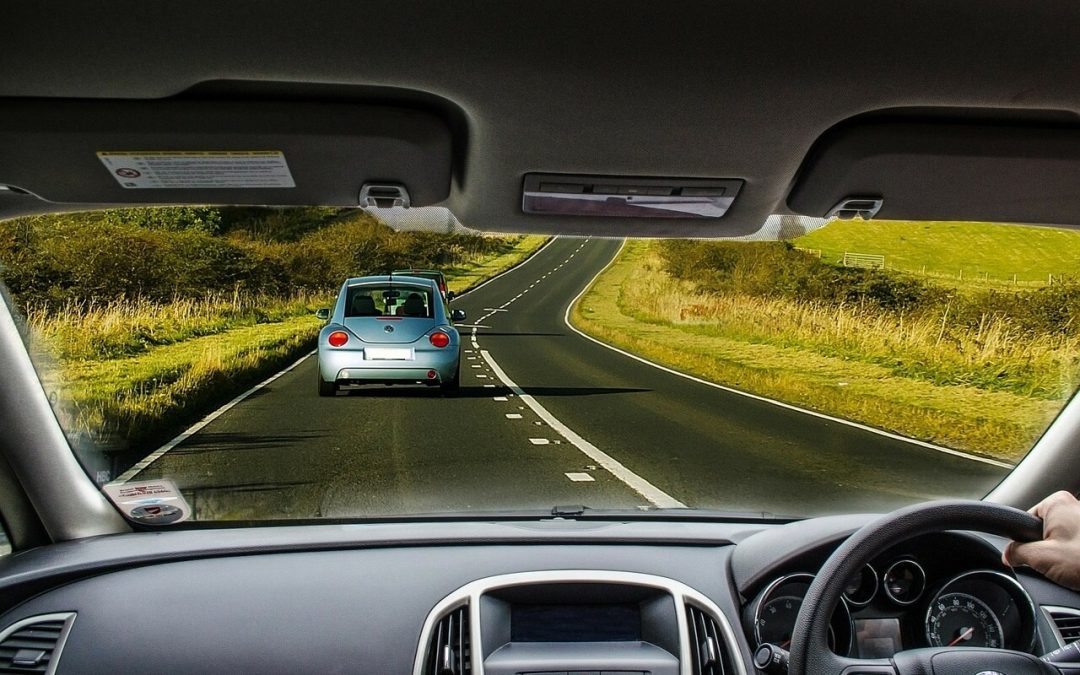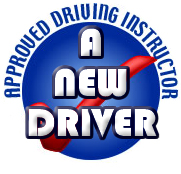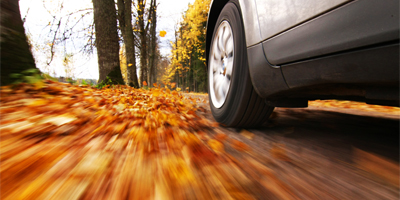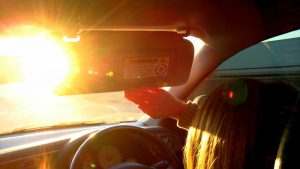
Driving Tips for New Drivers
– By ANewDriver
Something as quick and simple as putting on your seat belt or getting your windshield cleaned can mean the difference between life and death. Being aware of yourself and other drivers and practicing good road etiquette is equally important. So here are some tips to keep you mindful and safe:
Important to Keep in Mind
- Obey the speed limits. Going too fast gives you less time to stop or react. Excess speed is one of the main causes of teenage accidents.
- Always wear your seat belt – and make sure all passengers buckle up, too. Don’t try to fit more people in the car than you have seat belts for them to use.
- Adjust your car’s head rest to a height behind your head – not your neck – to minimize whiplash in case you’re in an accident.
- Make sure your windshield is clean. At sunrise and sunset, light reflecting off your dirty windshield can momentarily blind you from seeing what’s going on.
- Experts now recommend that you hold the steering wheel at either 3 and 9 o’clock on the wheel, or even lower at 4 and 8 o’clock. If you’re in an accident and the airbags go off, you’ll be safer with your hands not flying into your face from the impact of the airbags.
Think About Other Drivers
- Don’t drive like you own the road. Drive like you own the car.
- Don’t make assumptions about what other drivers are going to do. The only thing you can assume about another driver with a turn signal on is that they have a turn signal on. He/she might not be turning at all, and just forgot to turn it off.
- Watch out for aggressive drivers, and try to stay out of their way. They are the cause of a lot of accidents – especially on freeways.
- Never pull out in front of anyone or swerve into someone else’s lane.
Full Time Awareness
- Make sure your car always has gas in it – don’t ride around with the gauge on empty.
- If you’re in the country, watch out for animals. If you see an animal approaching, slow down and flash your lights repeatedly. Dusk and dawn are particularly bad times for running into animals, so be on the lookout for them.
- When light turns green, make sure intersection clears before you go.
Driving Close to Schools
- Always stop for school buses with flashing lights. The flashing lights mean that students are either getting on or off the bus, and may be crossing the street. Their safety depends on cars obeying this law.
- Don’t park in fire lanes around the school. Not only will you probably get a ticket, but you could be blocking the area where a fire truck might need to park.
- Try to get to school five to ten minutes early, and leave five minutes late to avoid the mad dash into and out of the parking lot. Lots of accidents happen when people are rushing around.
- Always watch for kids getting on and off school buses.
- If your school lot has perpendicular spaces (not angled parking), park in a space you can pull straight out of instead of having to back out. Backing out in crowded lots is always tricky.
- Don’t leave valuables like wallets, shoes, laptops, jackets, phones, or sports equipment in your car where they can be seen easily.
Source: Driving Tips Online



 Fall conditions also affect evening driving. During the season, the sun rises later and sets earlier, so a person may wind up driving toward the sun in the evening. It’s a good idea to have a pair of sunglasses in the car. A properly positioned visor can also help with the glare of the sun. The best way to position a visor is to push it all the way toward the windshield, and then bring it toward the steering wheel until it’s in the correct spot. Once the sun starts going down, it’s time to turn on the headlights. It’s best to do this during dusk so other drivers can see the car, because a setting sun can still cause glare on a windshield. During dusk it’s also important to use the two-second rule to keep a safe distance between cars. Using these driving tips will be a good step toward a safe season.
Fall conditions also affect evening driving. During the season, the sun rises later and sets earlier, so a person may wind up driving toward the sun in the evening. It’s a good idea to have a pair of sunglasses in the car. A properly positioned visor can also help with the glare of the sun. The best way to position a visor is to push it all the way toward the windshield, and then bring it toward the steering wheel until it’s in the correct spot. Once the sun starts going down, it’s time to turn on the headlights. It’s best to do this during dusk so other drivers can see the car, because a setting sun can still cause glare on a windshield. During dusk it’s also important to use the two-second rule to keep a safe distance between cars. Using these driving tips will be a good step toward a safe season.